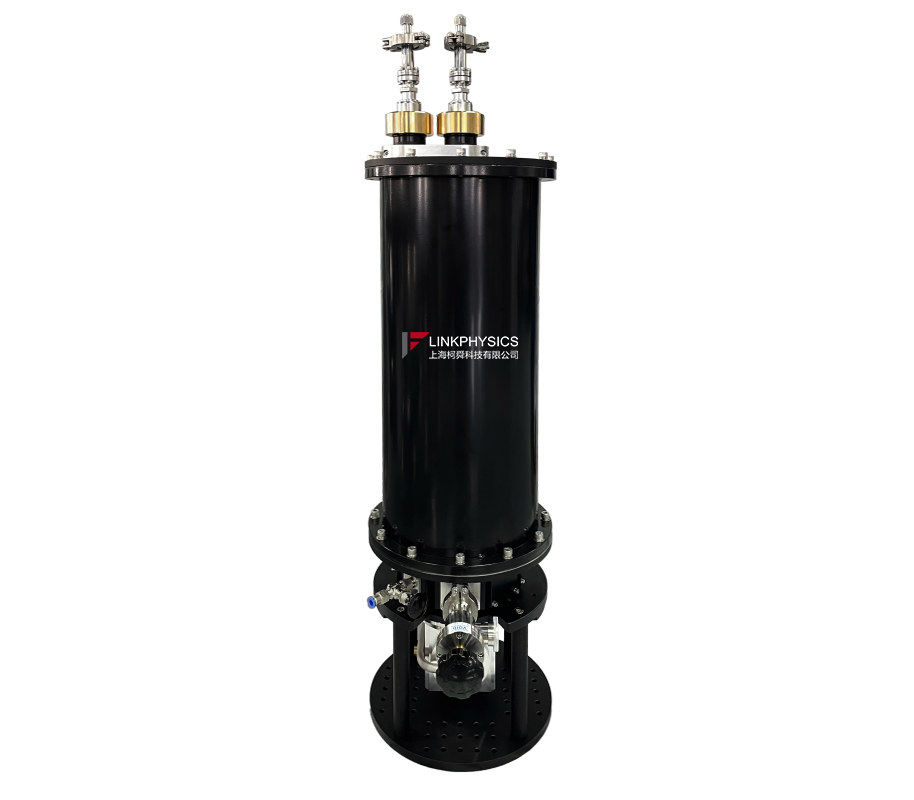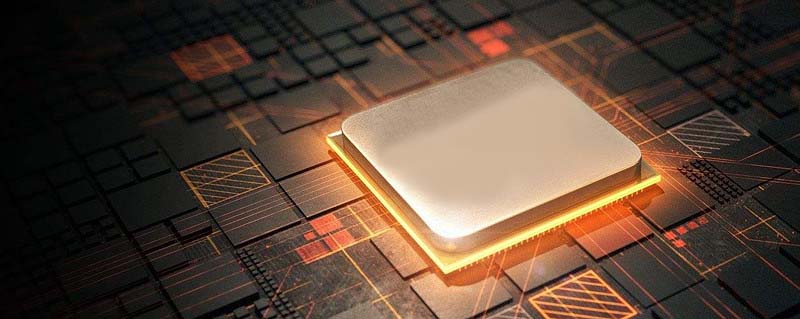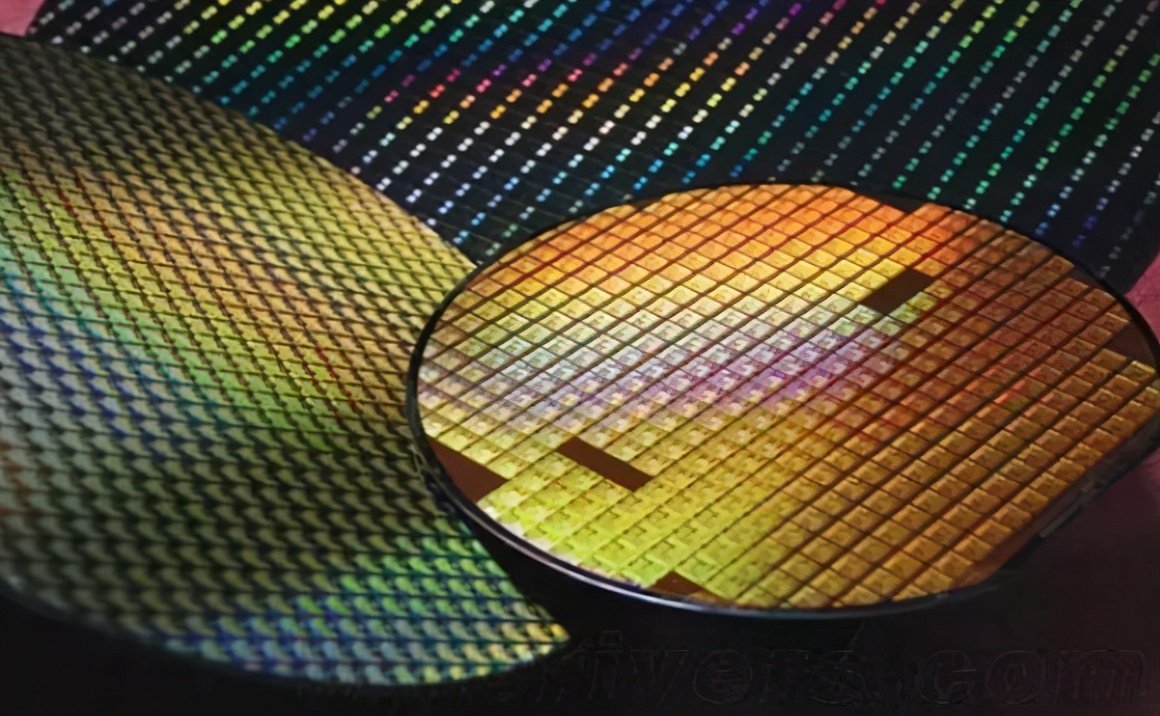The CCV-TRAP closed-cycle cryogenic cold trap can be used in conjunction with existing laboratory gas separation test equipment for the separation and analytical testing of adsorbed noble gases including helium, neon, argon, krypton and xenon. Cryogenic cold traps are useful for extracting such gases from geological materials collected in volcanic hot springs to gain insight into the planetary evolution of the Earth. They are also used to adsorb various oxygen isotopes from meteorites and polar ice caps, as well as marine island peridotites.
Cold Trap Working Principle:
When the inert gas mixture enters into the cryogenic cold trap, for example, the inert gases are composed of four gases, A, B, C and D, of which the liquefaction point of A gas is 18K, the liquefaction point of B gas is 25K, the liquefaction point of C gas is 38K, and the liquefaction point of D gas is 46K. In order to achieve the separation of the four gases, the cryogenic cold trap starts to cool down to the temperature of 10K or so, and then the four gases are completely liquefied, and after liquefaction, the system temperature is controlled to increase to 40K, at which time D gas still remains in the liquid state, and the system temperature will be increased to 40K. To separate the four gases, the cryogenic trap is cooled down to a temperature of about 10K, at which point the four gases are completely liquefied, and the temperature of the system is controlled by raising the temperature of the system to 40 K. At this point, the D gas remains in the liquid state, and the three gases, A, B, and C, become gases once again, and the gas mixture in the system is pumped away, leaving only the D gas in the system. Raise the temperature of the system again to about 50K or higher, so that the D gas gas gasification again, the gasification of the gas extraction, that is, the D gas from the mixture of gases is separated. Repeating this step, relying on the principle that the liquefaction points of various gases are different, the system is controlled to achieve different temperatures to achieve gas separation.
System Features:
- Cold trap type: bipolar (dual sample tube) cold trap, only a single target sample area temperature monitoring and control
- Temperature range: 10K~325K, continuously adjustable and controllable
- Temperature stability: ±100mK @ full temperature range
- Re-liquefaction prevention: Dual heat sink connection between the top end of the radiation screen and the gas-tight tube, with pre-installed heaters and sensors.
- Anti-icing design: the vacuum connection where the gas-tight tube is located is equipped with independent temperature monitoring and control to solve the problem of icing and frosting.
- Low-temperature activated carbon design: low-temperature activated carbon is installed in the first stage cold head part, which is used to cool the activated carbon with its own low temperature to form a carbon adsorption pump and maintain its own vacuum after the external pump stops working.
- The airtight tube and vacuum cover are sealed directly by VCR joints.
- Temperature control system with temperature acquisition programme








